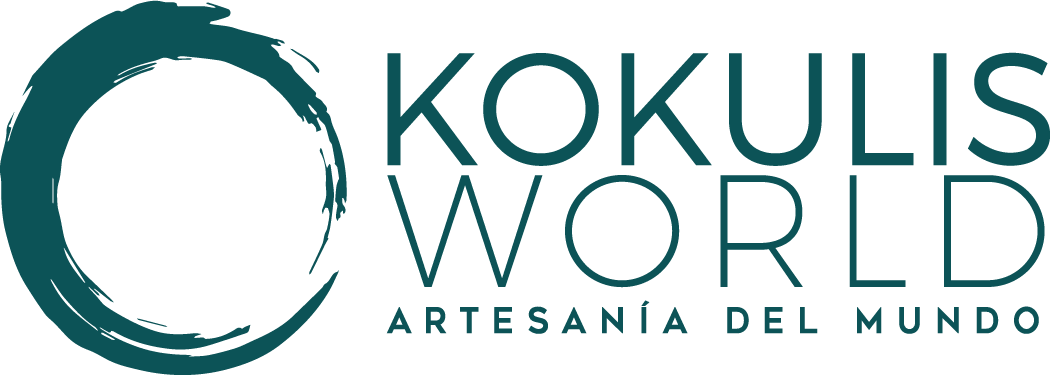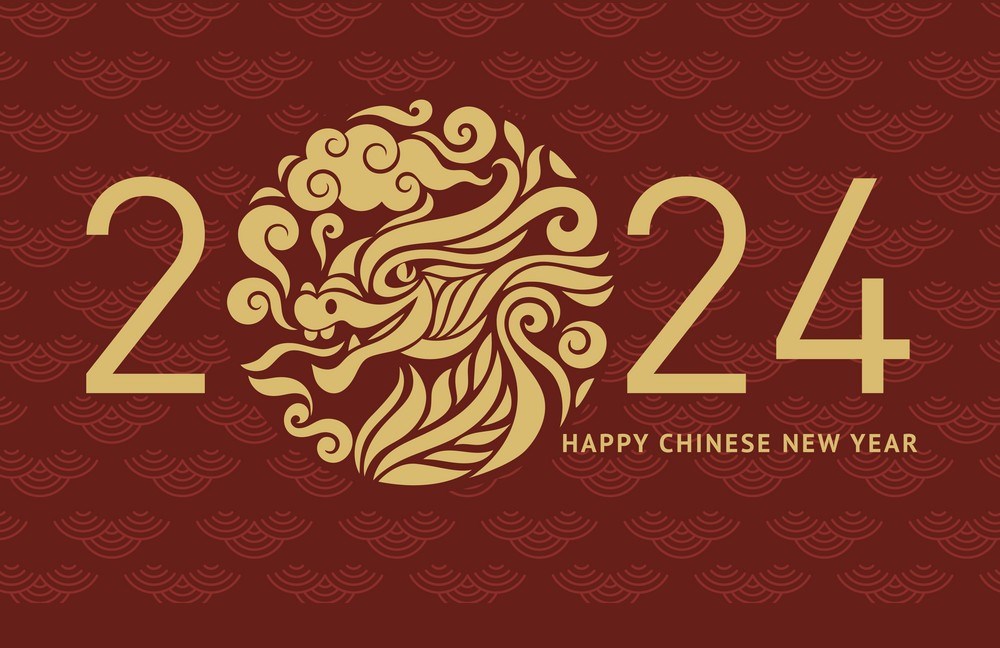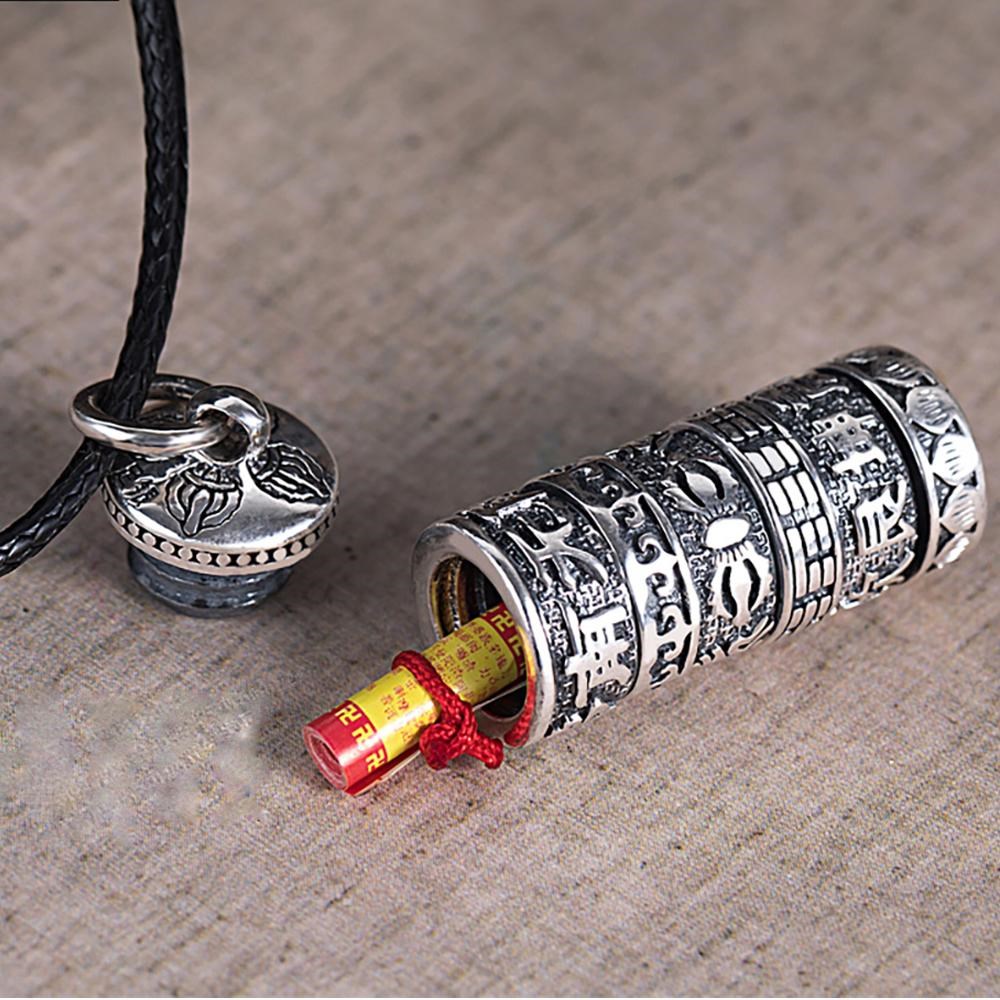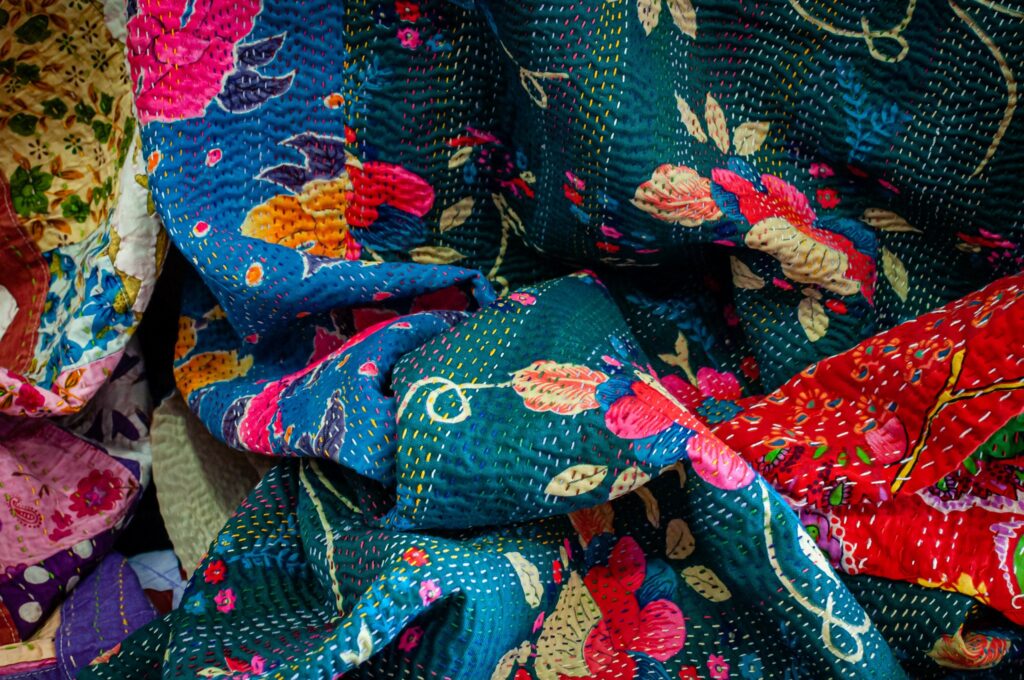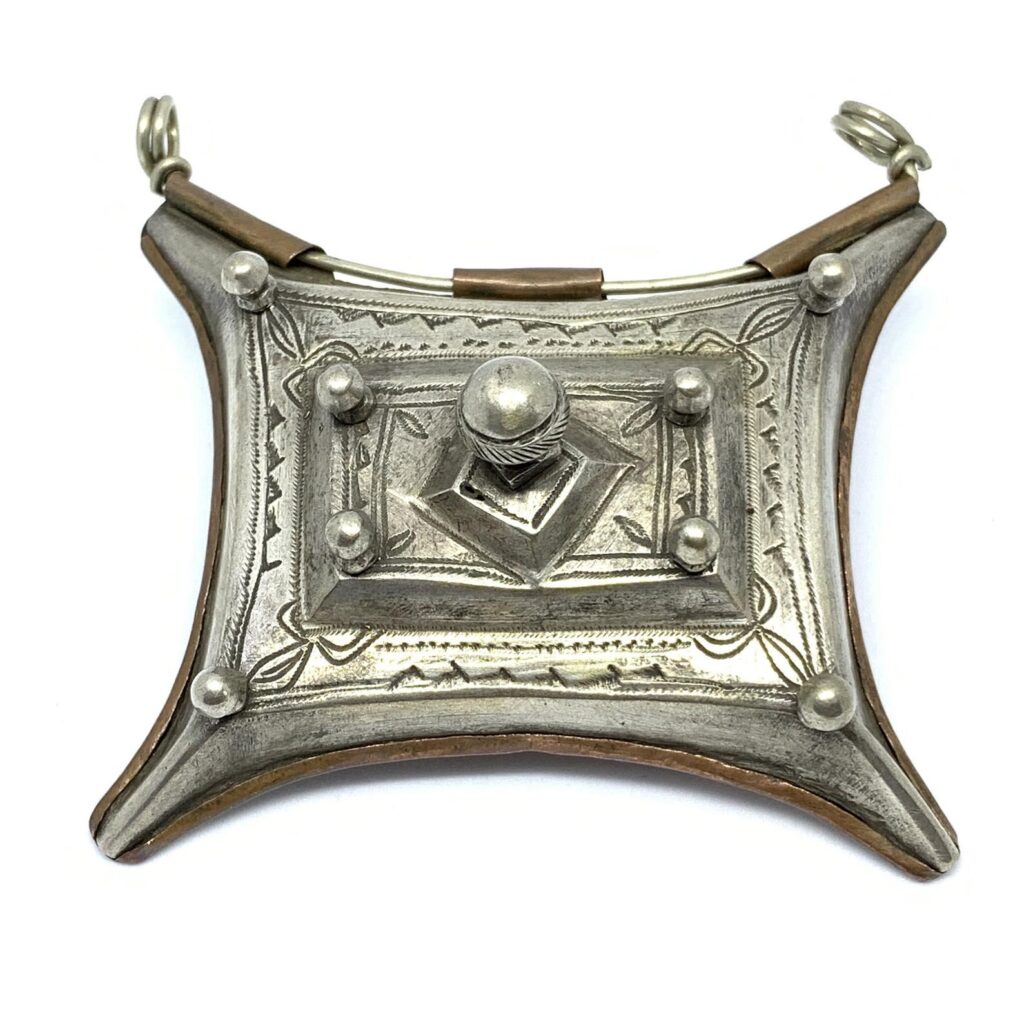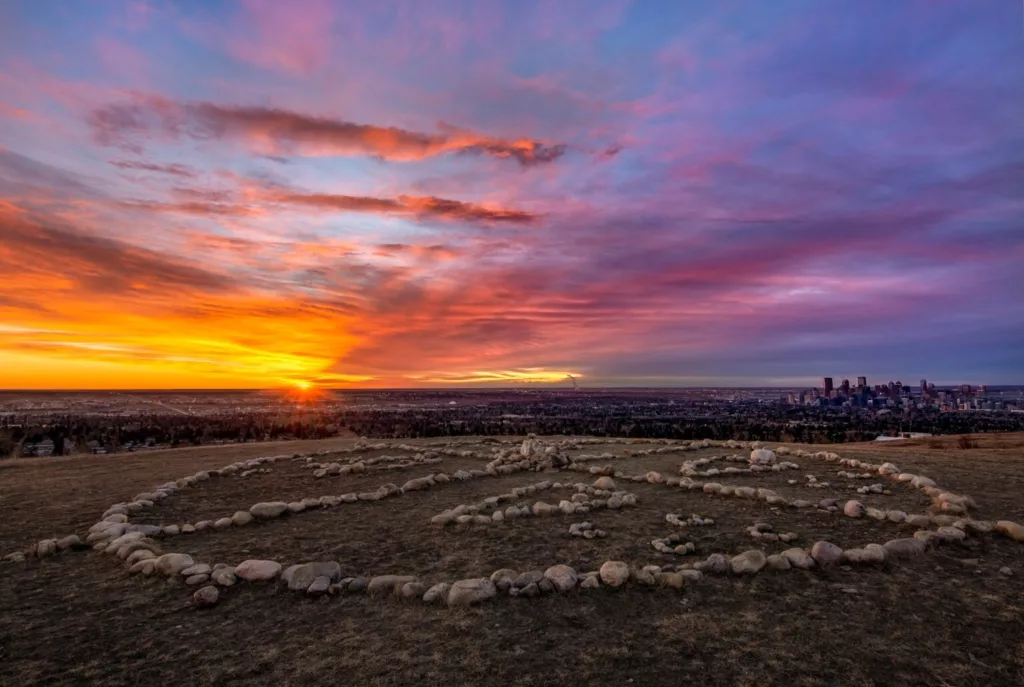
The Runes: Origins and Meanings
Where do the Runes come from?
Since childhood we are told that the alphabet is the “ABC”, meaning the collection of the first three letters: something that happened also with the grecian word alfabeto: alfa y beta
Following this same concept, the first spoken and written runic alphabet was called Futhark, using its firts letters: fehu, uruz, thurisaz, ansuz, raido and kaunan.
The runic alphabet was codified thanks to the ancient germanic tribes that became in contact with markerts and emporiums in northern Italy. Historians actually think that the Runes mitght have devloped from one of the five forms of the Etruscan alphabet, whose origins are unknown.
The first certified inscriptions date back to the I-II Century a.C, but its scarse diffusion hasn’t permitted to discover more. It’s no casualty that the individual signs of this alphabet have taken the name of Runes, as in the Germanic idiom, spoken today by the Scandinavian Run means “secret”, exactly as the German word Raunes (murmur, whisper).
This alphabet, at the beginning, had 24 different signs, each one corresponding to a sound, being linearity its main characteristic. No Runes, actually, present circles or rounded lines, probably because at the beginning the only surfaces on which they could be written on were wood or stone, which were difficult even for the best stonecutter.
Thanks to the constant work of historians, nowadays we can link some of the Runes to their original sound and to some words: one of the most important sources to carry out this research have been the written legacy that Normans left in Sicily.
With the passing of time each culture that have adopted this alphabet, has also changed it following their necessities: in some cases the futhark has reached the use of 29 signs, while in others, as the Scandinavian, it was reduced to 16 signs.
To accentuate its importance, ancestral tribes entrusted to the Runes a divine and mystical origin, finding in Odin, King of their Gods, the discoverer of these magical signs, as its recorded in the old poem Havamal.
In its verses there’s an explication about the importance of the Runes not only as a form of expression, but also as a way to permeate every thing with a magical and supernatural aura. That’s how historians have explained the finding of inscribed pieces of wood near sacred, mystical or religious sites. Probably the Druids or Ministers used them during rites, previsions or to express their questions about the Future.

With the spreading of Christianity came the use of Latin, and the Runic alphabet began to lose its importance: the Runes began to be used only for inscriptions, even though it didn’t last long before Ministers decided to use Latin in all its forms.
Runes recovered their importance during the Romantic and Fantasy periods, along with a new mythology. Runes were used as amulets, protective talismans, religious symbols or divinatory elements. Thanks to the use of the Runes, Ministers of the northern civilizations kept maintaining their divinatory powers.
The Runes lost their basic alphabet meaning, transforming into a series of symbols linked to concepts and events. They were introduced more as ideograms than letters, used to interpret higher meanings that needed a translator, often a shaman, who could make contact with the elements that each Rune symbolised.
Discover the Rune Collection in Kokulis World
